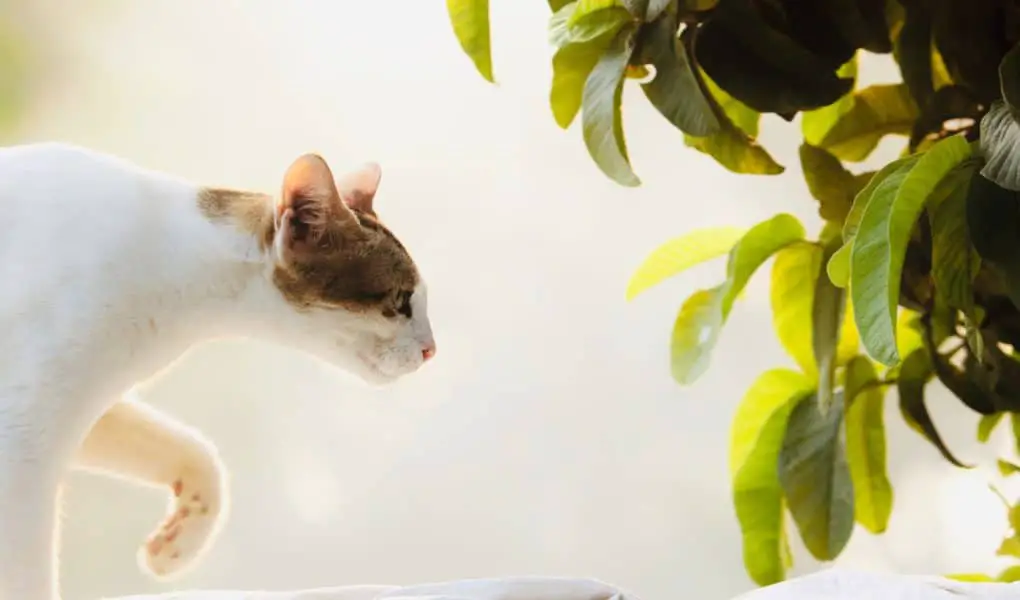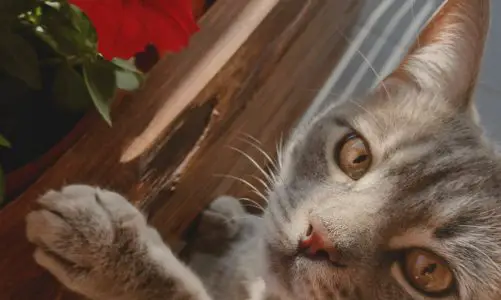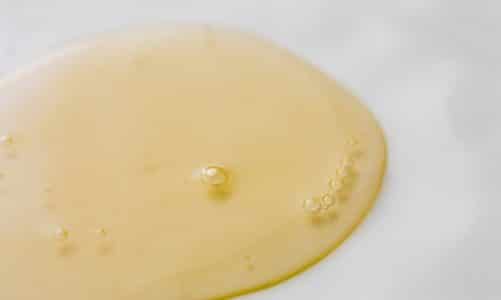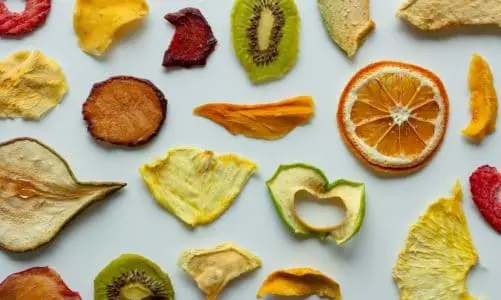Why is it that our canine friends love and beg for whatever we eat, be it chocolate or cheese or whatever? While cats on the other hand have a penchant for plants. This may present itself in the form of nibbling on a leaf or petal. Some cats may go as far as de-potting a plant because they prefer the soil as cat litter. Although many cats snack on all sorts of house plants and nothing bad ever happens to them, keeping a safe home for your pet should be a top concern.
There is no arguing that plants, flowers, and greenery spruce up any place. These days you will be forgiven for wanting to grow an indoor jungle. Plants make us happy, they improve indoor air quality and have been known to reduce depression and anxiety. These same plants may also be potentially toxic to your feline companion. Knowing which houseplants are bad for cats will help give you peace of mind when you have a mischievous plant snacking creature in your house.
Why do cats enjoy snacking on houseplants?
We know that cats are carnivorous right? So why do they exhibit herbivorous tendencies toward houseplants that are bad for cats, you may ask? The following few points should help clear things up:
- Cats are curious and intelligent. New additions to the home such as plants or flowers have interesting smells and need to be investigated. Nibbling allows her to test the plant as a possible food source.
- Cats may chew on plants out of pure boredom or curiosity. The opposite may be true too. They may enjoy a nibble for the fun of it.
- Grass or fibrous plant-eating may help to aid digestion in cats. They may also eat plants to induce vomiting after having eaten something that disagreed with them.
- Cats that are anemic may often eat soil or cat litter to correct the lack of iron in their bodies. Non-toxic grass-like Alfalfa and Oat are great additions to a cat’s diet because it contains important B vitamins, iron, zinc, and selenium.
11 popular houseplants that are bad for cats
Before you bring a new plant home, do some reading up on houseplants that are bad for cats. Your local vet should also be able to advise you too. The following botanicals don’t form a comprehensive list of unsafe houseplants, but rather examples of popular favorites.
Aloe vera (Aloe barbadensis miller)
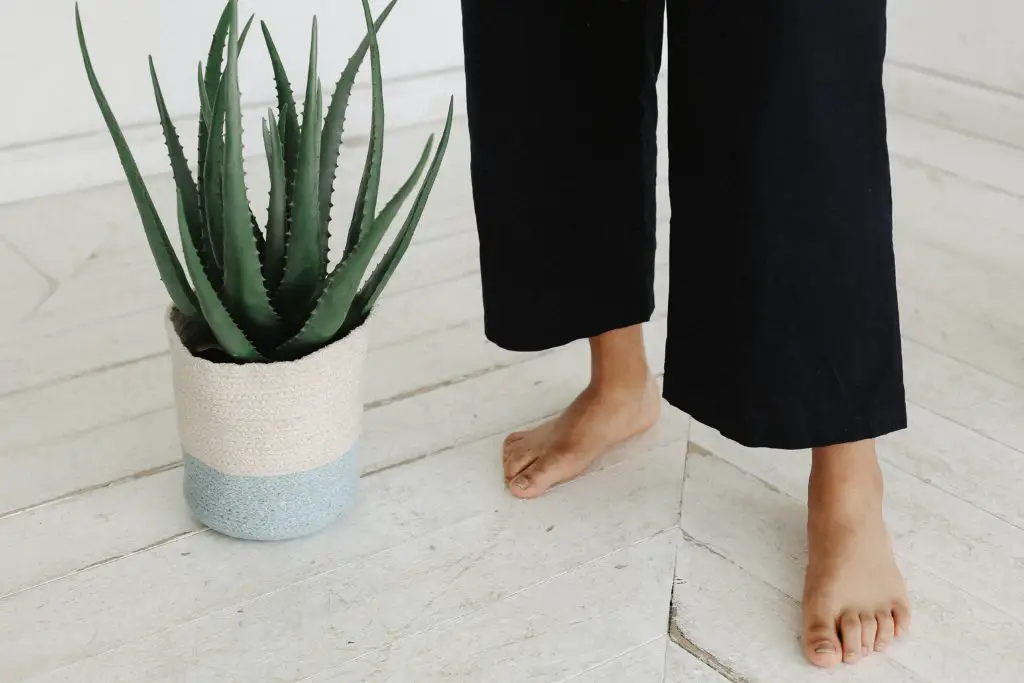
The succulent Aloe vera is a popular houseplant known for its air-purifying and medicinal qualities. It is native to North Africa and also grown in tropical regions of the world. The plant varies in size. Indoor types usually stand about 1 to 2 feet tall, while aloes in the wild are known to grow much larger. They have prickly leaves containing a clear gel that is used for various home remedies, including soothing a sunburn. Aloe is an unsafe and toxic plant for cats.
Golden Pothos (Epipremnum aureum)
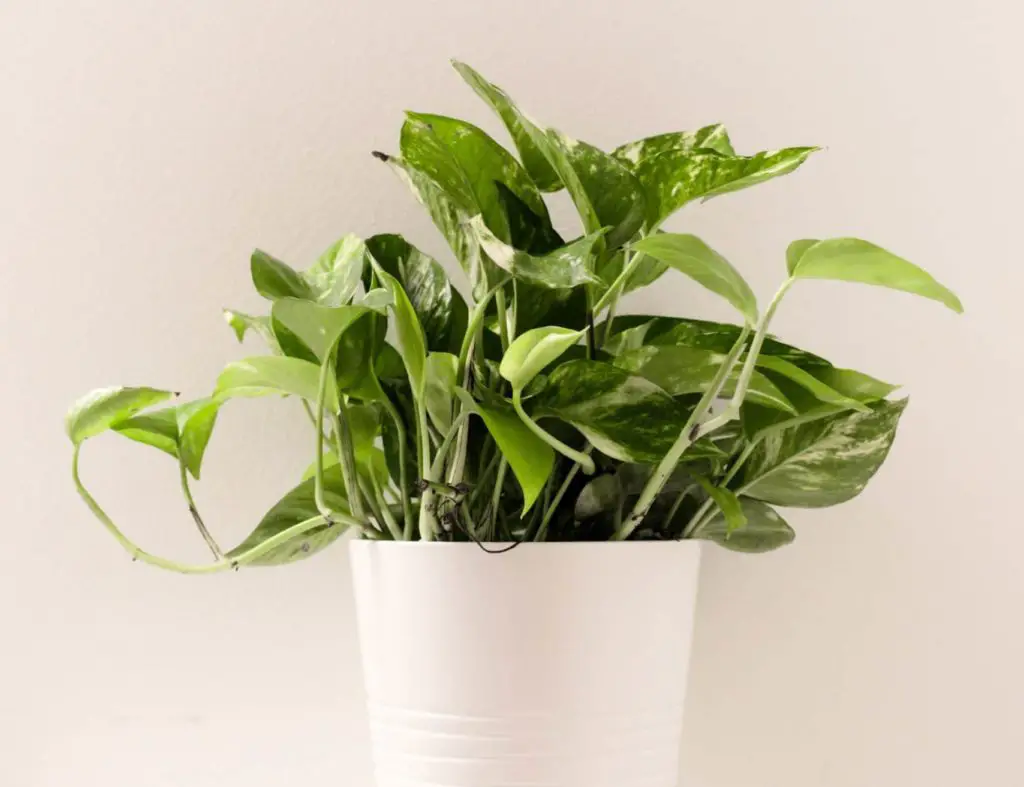
Golden Pothos also is known as Taro Vine or Ivy Arum, is super easy to grow indoors and a top seller. In fact, it can reach up to 10 feet indoors. Pothos makes a stylish addition to any room, is low maintenance and is relatively easy to find everywhere. It is also a great air purifier that removes formaldehyde, benzene, and xylene from the ai. Unfortunately, this Golden pothos is toxic to cats.
Monstera Deliciosa (Philodendron pertusum)
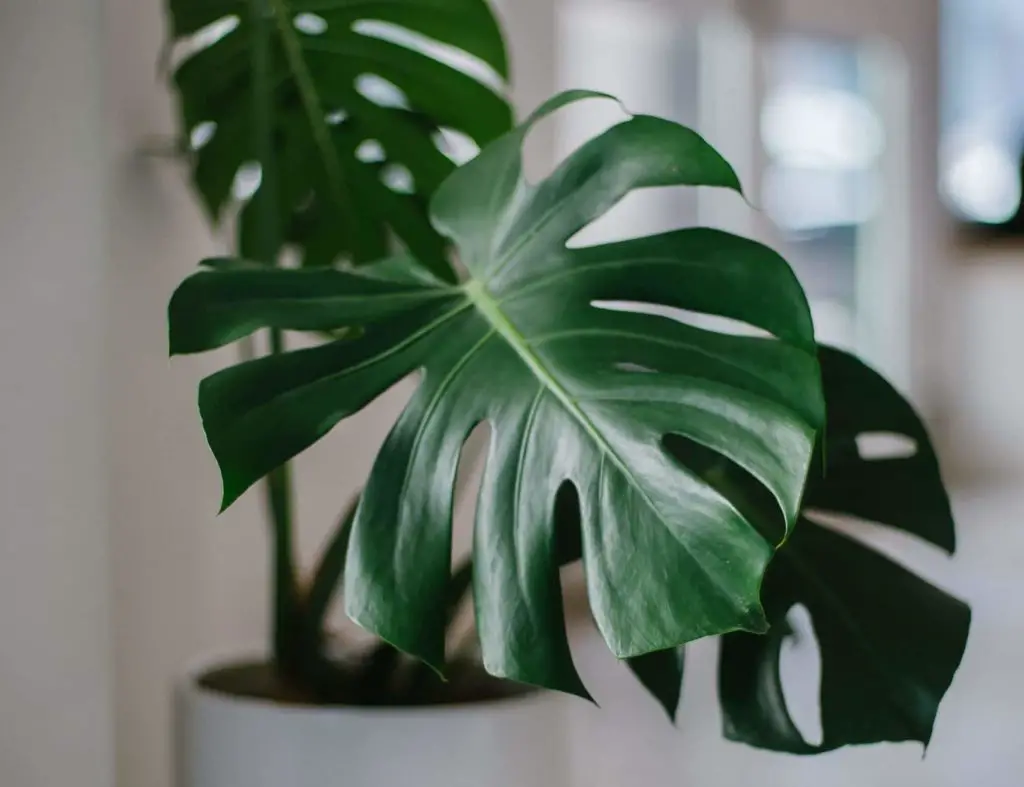
The very popular and trendy Monstera gives any space a lush tropical vibe. Home decor mags and Instagram pages love to feature this plant. It is also known as Swiss cheese plants or Split leaf philodendrons. Its huge glossy leaves sport easily identifiable hole formations. Unfortunately, this pretty plant contains insoluble calcium oxalates, which is bad for cats.
Peace Lily (Spathiphyllum)
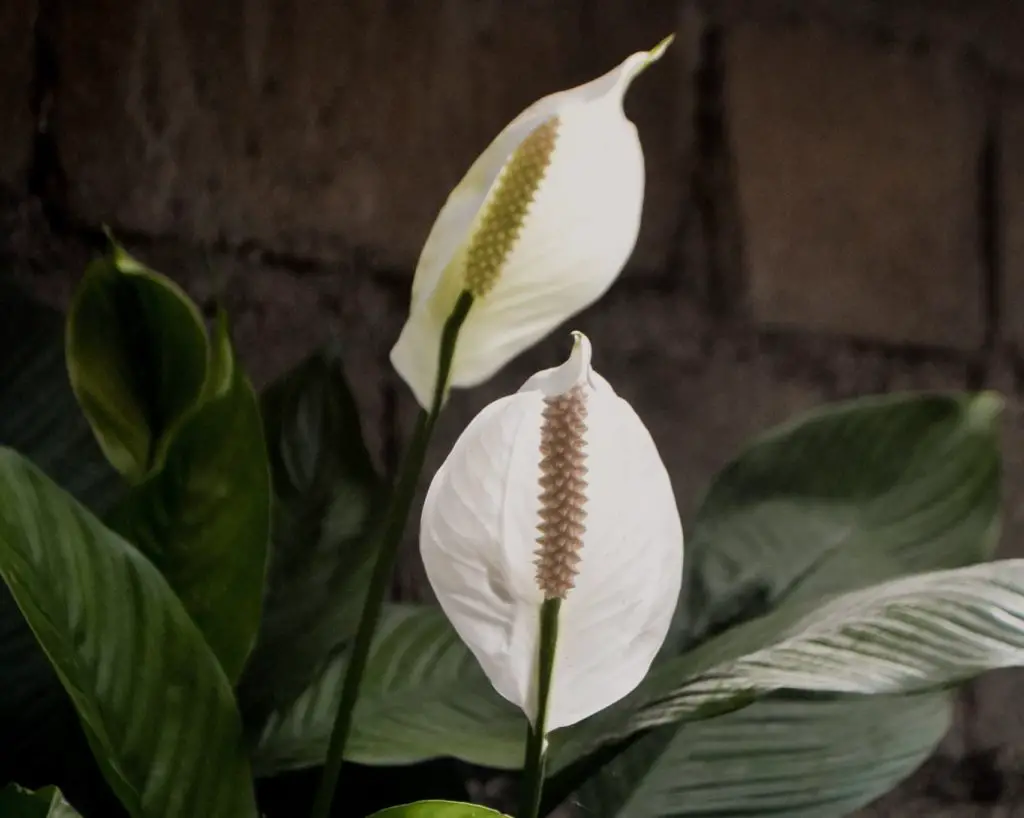
A firm favorite for many plant lovers for their beautiful white blooms and vibrant green leaves. Peace lilies are known as easy to grow plants and are great air purifiers. They survive almost any indoor situation, such as low light, fluorescent light, shade, or neglect. Cats and lilies do not go well together. Nibbling on this plant can cause serious problems such as kidney damage and may even result in death. This one is a big no-no for kitty.
Jade Plant (Crassula argentea or Crassula ovata)
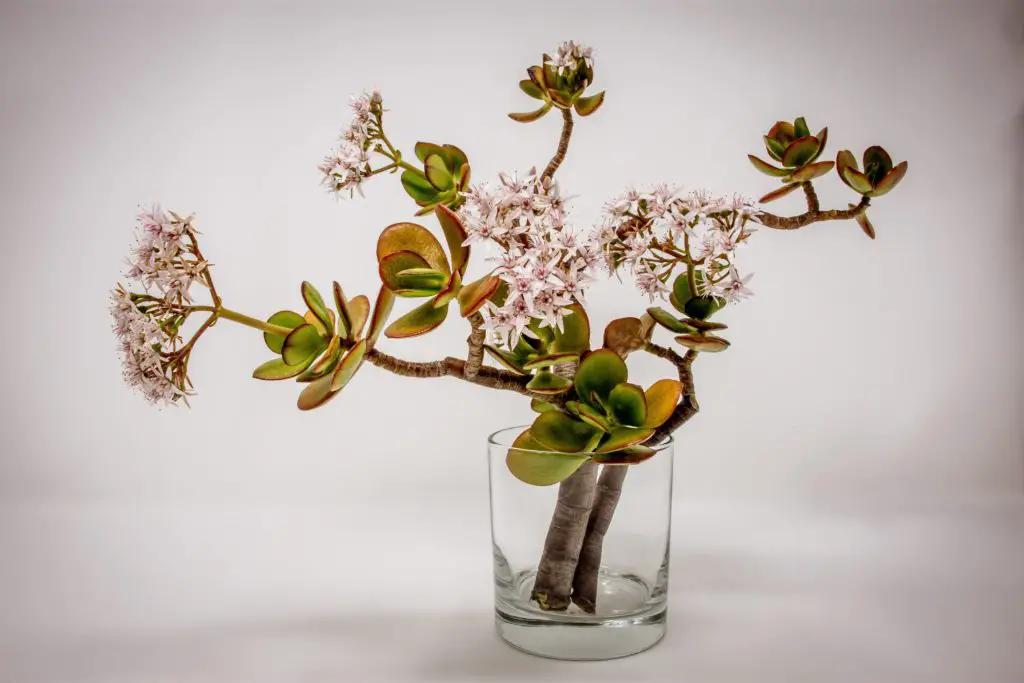
Dollar plant or dwarf rubber plant as it is also known is native to South Africa and Mozambique. This succulent plant with its fleshy, oval-shaped leaves and small white or pink flower clusters is very popular worldwide. All parts of the Jade plant are mildly toxic to cats, including the sap. Jade plants are popular as housewarming gifts, but you might want to find out if your friend has a cat first, before giving her one. If parts of this plant are ingested, cats should get to the vet as soon as possible.
English Ivy (Hedera helix)
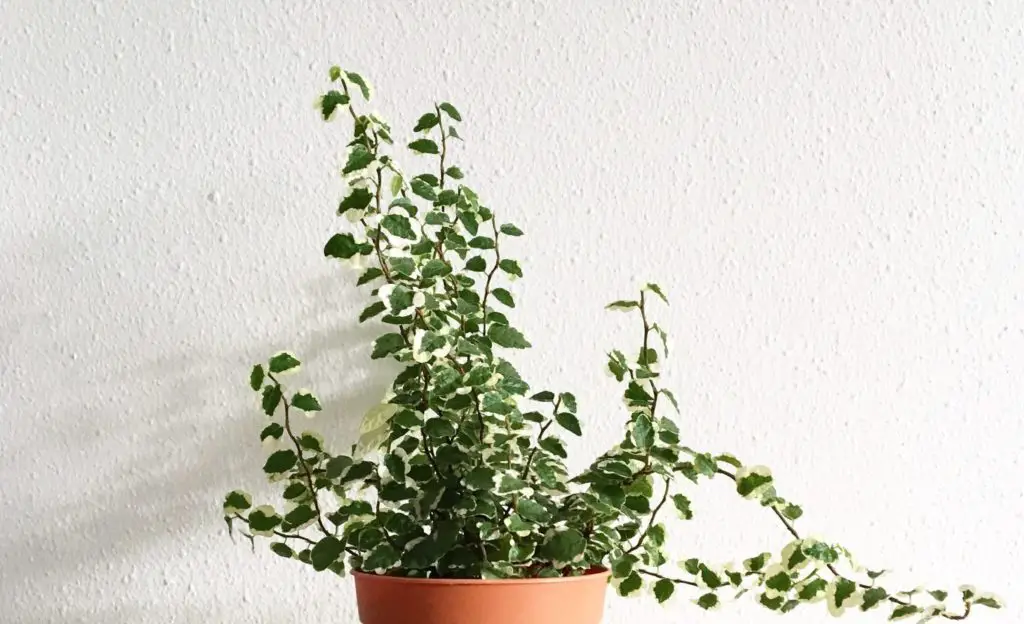
Although a very enthusiastic wall creeper, English ivy is also a much-loved indoor decorative plant. They are great for hanging anywhere in the house for their air-purifying qualities. English ivy is also dangerously toxic, not only to cats but to dogs as well as infants and toddlers. It contains a toxin called glycoside hederin, which affects both the digestive and nervous systems and causes a coma.
Asparagus Fern (Asparagus densiflorus cv sprengeri)
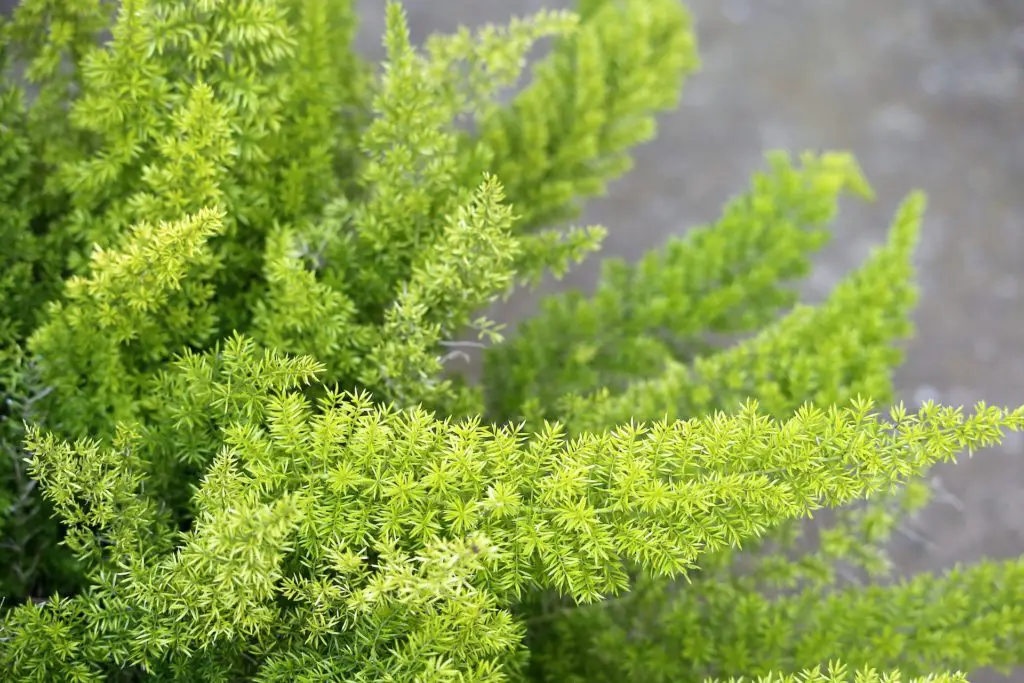
Not a very common houseplant, this attractive fern with its delicate and wispy foliage, can be grown indoors with success. They do well in sunny bathrooms where they thrive in warm and humid conditions. Sadly, pretty as they may be, Asparagus ferns are known to be toxic to cats.
Snake plants (Dracaena trifasciata)
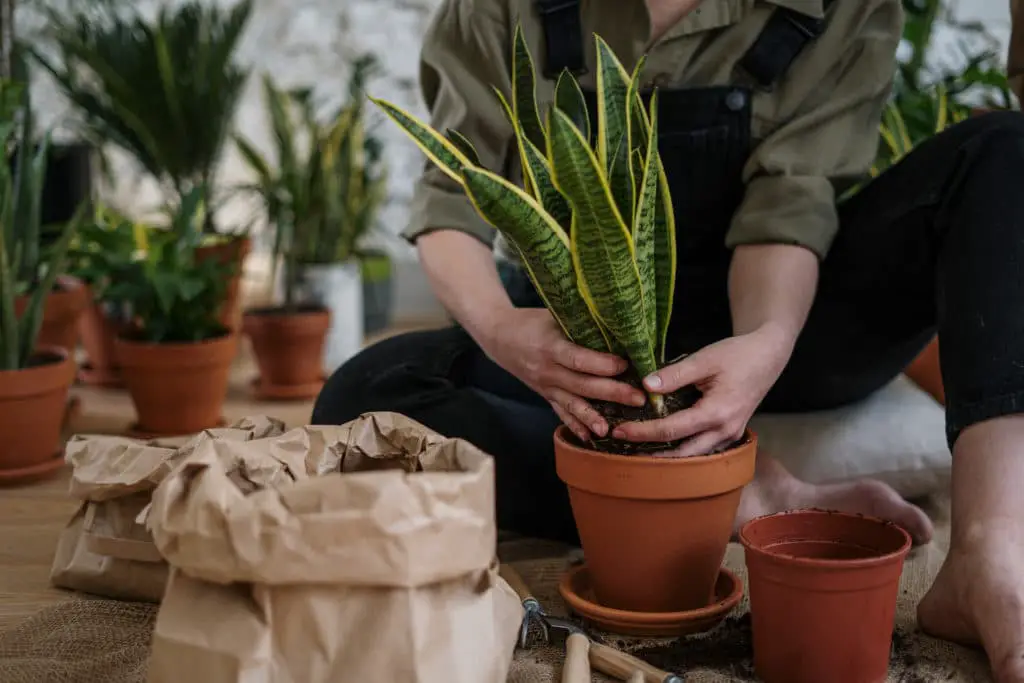
Super easy to take care of, the Snake plant is perfect for first-timers. It also goes by the names mother-in-law’s tongue and good luck plant. This hardy plant with characteristic hard, upright, sword-like leaves is a great addition to any bedroom since it releases oxygen at night. To protect itself from insects, fungi, and microbes, it produces a substance called saponins. This compound is toxic to cats, albeit mildly, and may cause an upset cat tummy.
Eucalyptus (Eucalypteae)
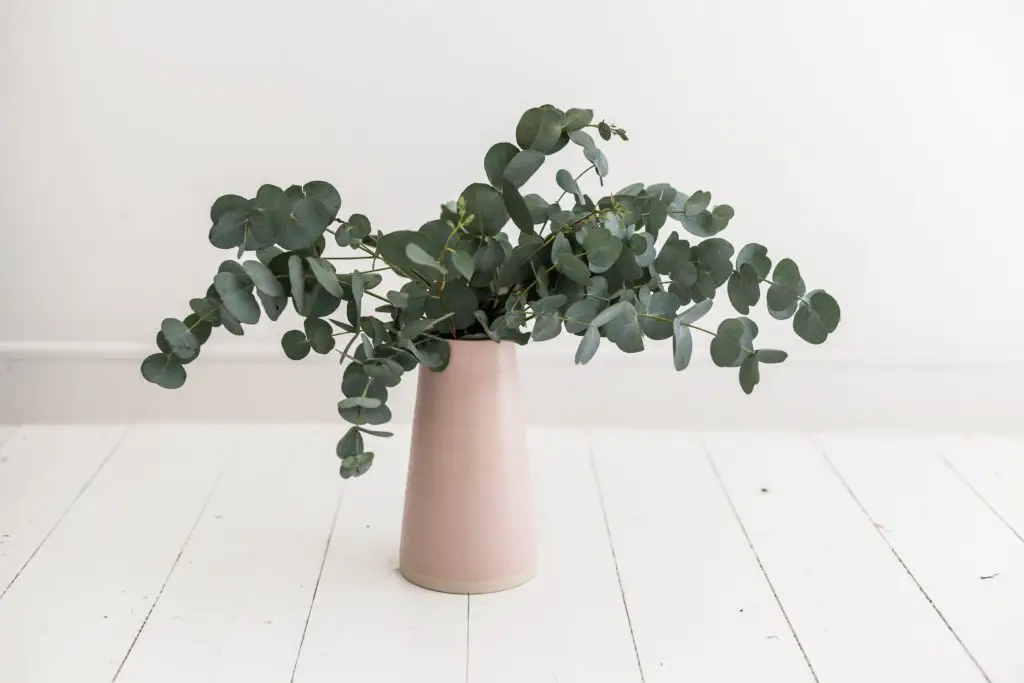
You will often see eucalyptus leaves used as fillers in flower decorations. It spruces up any bouquet of flowering blooms and makes for a lovely gift. Since you dare not ever say no to being gifted such a lovely bunch of blooms, you may have to remove the eucalyptus leaves if you have a kitty at home. The leaves are toxic to almost all animals, except koalas of course. The toxic part of fresh eucalyptus is the essential oil part, known as eucalyptol. Cats are especially sensitive to essential oils. Refrain from using or diffusing essential oils such as eucalyptus in your home. Cats may start to become very lethargic, refuse food, have difficulty breathing, vomit, or have muscle tremors.
Daffodils (Narcissus)
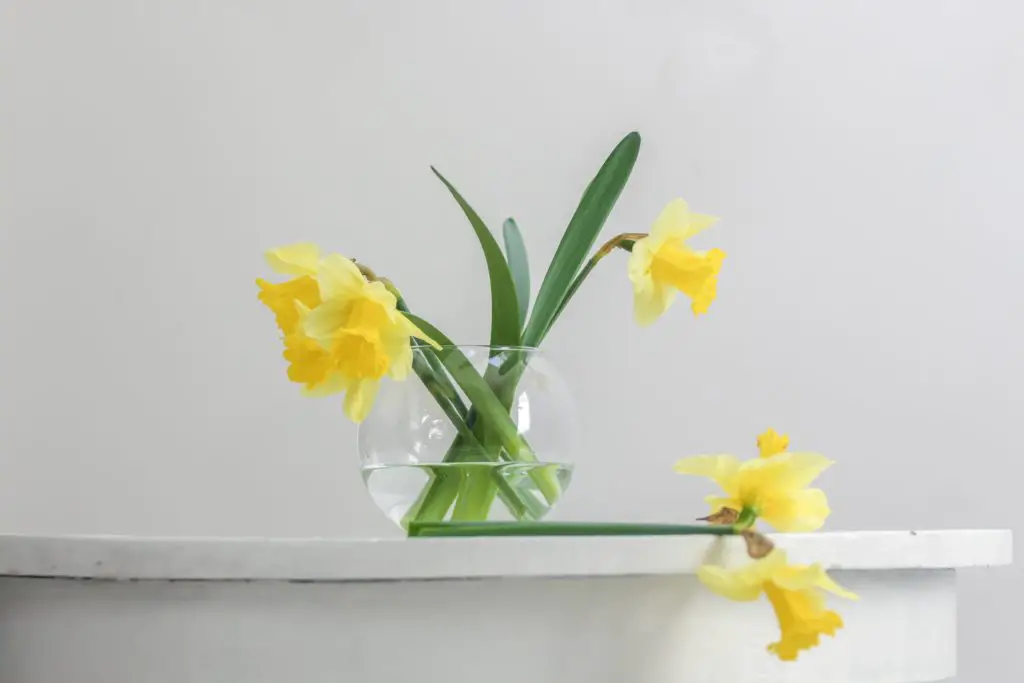
Springtime Daffodils make beautiful cut flowers. These trumpet-shaped blooms with their happy yellow colors can spruce up any home. These flowering bulbs are also known as Paperwhite and Jonquil. Be aware that consuming any part of the plant is toxic to cats, particularly the bulb.
Azalea (Rhododendron)
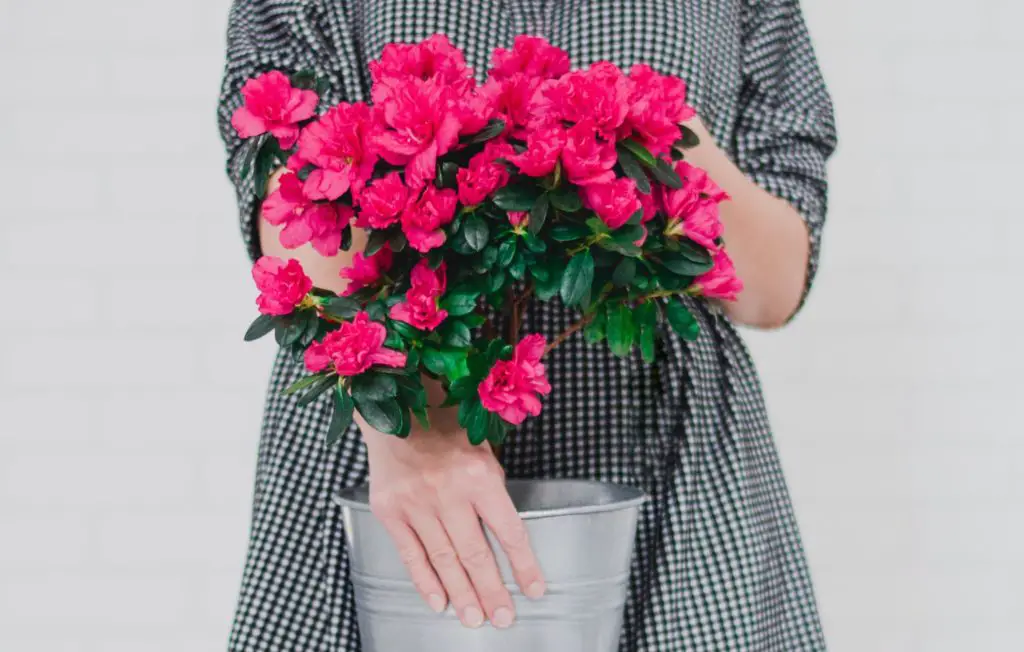
Azaleas can be grown indoors just like other houseplants. This flowering shrub is often put in small pots indoors to restrict its roots. When spring blooms, this plant is absolutely beautiful. Azaleas contain grayanotoxins and are toxic to cats. Ingesting just a small amount of this toxin can result in poisoning.
Other common houseplants that are bad for cats include:
Caladium (Elephant Ear)
Mistletoe (Phoradendron flavescens )
Philodendron Pertusum (Philodendron spp)
Ficus (Rubber plants and fig plants)
Ribbon plant (Dracaena spp.)
Peony (Paeonis officinalis)
Oleander (Nerium oleander) |
Lemongrass (Cymbopogon citratus)
Poinsettia (Euphorbia pulcherrima )
Tulip (Tulipa spp)
Spring parsley (Cymopterus watsonii)
Italian parsley (Petroselinum crispum)
Sago palm (Cycas revoluta, zamia species)
Tiger lily (Lilium tigrinum)
Signs of ingestion
Toxic chemical compounds may be found in different areas of a plant, namely the leaves, flowers, roots, or seeds. This may explain why some cats remain totally fine after having been exposed to a toxic plant – it is because they chewed on the safe part of the plant. Different plant toxins cause different reactions. Houseplants that are bad for cats usually have clear clinical signs associated with toxicity. Here is a list of gastrointestinal, cardiovascular, and central nervous system signs to look out for:
| Drooling | Arrhythmias |
| Vomiting | Dilated pupils |
| Diarrhea | Weakness and fatigue |
| Breathing difficulty | Depression |
| Abdominal pain | Tremors |
| Loss of appetite | Seizures |
| Abnormal heart-rate | Excessive licking and scratching |
Last thoughts on houseplants that are bad for cats
Unfortunately, there are many houseplants that are bad for cats. If you discover that you have unsafe plants in the house, you may want to gift them to someone who is cat-less or make sure your cat doesn’t have access to the plant. Still, the best way to keep your kitty safe is to not keep houseplants that are unsafe in the house.
If you suspect that your kitty might have been poisoned by a household plant, contact a vet immediately. Make sure to have a list of possible culprits to give to the vet. Always keep a 24hour emergency number on your phone. The list may include plants in your own garden and house or even those in your neighbor’s garden.
Cat owners are encouraged to find out if their houseplants are unsafe for cats. For info, head on over to the ASPCA for a comprehensive list of plants that are bad for cats. For further information, you can also give the Humane Society’s website for more info.
This article was not written by a veterinarian and should not be viewed as advice or diagnostic information.
Others enjoyed these articles too:
40 Popular houseplants that are poisonous to babies.
16 Houseplants rabbits can eat
Popular houseplants you can use in an aquarium
Which houseplants require no light?
40 Popular houseplants that like acidic soil.
Image credits:
Sadik Ali via Unsplash
Mentatdgt via Pexels
Lynda Sanchez via Pexels
Maria Eliz via Unsplash
David Brooke Martin via Unsplash
Stephanie Ho via Pexels
Sétaire Fougère via Pixabay
Cottonbro via Pexels
Alex Loup via Unsplash
Nordwood Themes via Unsplash
Dominika Roseclay via Pexels
